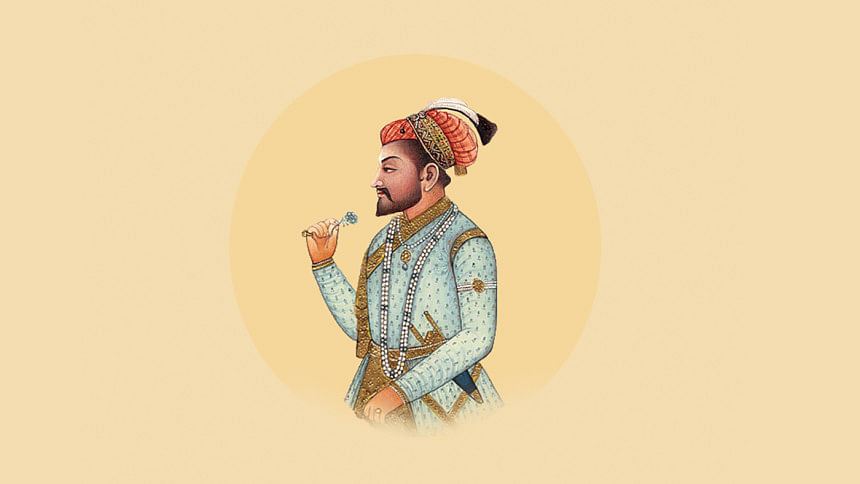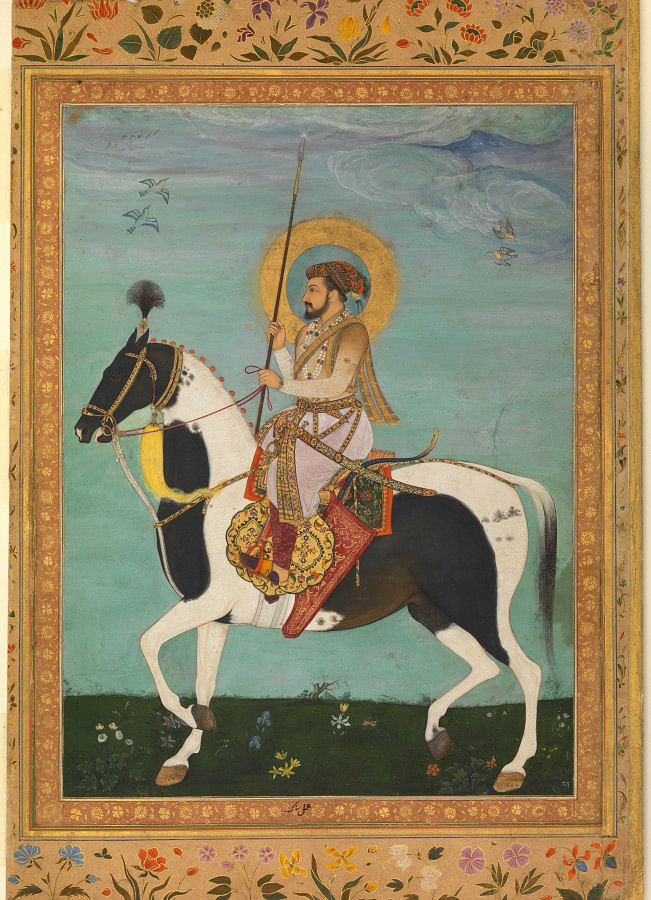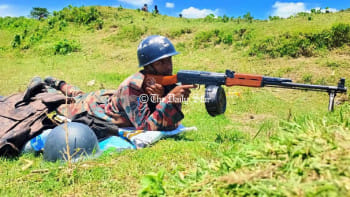Shah Jahan’s Dhaka campaign: A Mughal history footnote!

Mughal Emperor Shah Jahan is renowned for building the Taj Mahal, but few know that he also spent a week in Dhaka -- long before he ascended the throne.
At the time, Shah Jahan was still a prince -- called Prince Khurram -- embroiled in a power struggle with his father, Emperor Jahangir. The emperor's influential wife, Empress Nur Jahan, had begun to dominate the court and feared losing power if Shah Jahan became emperor. In April 1622, she married her daughter Ladli Begum to Jahangir's youngest son, Shahriyar, hoping to rule through him.
To sideline Shah Jahan, she convinced Jahangir to send him to Kandahar to confront Persian forces led by Shah Abbas. But the prince saw through this plan and refused to go -- effectively rebelling. He gathered forces in the Deccan, but after suffering defeat, he fled eastward toward Bengal, which, with its riverine geography, offered a natural stronghold for rebels. In mid-November 1623, he and his small army crossed into Orissa.

The Mughal court in Delhi immediately alerted Ibrahim Khan, the Subahdar (Governor) of Bengal, stationed in Dhaka. He was advised to monitor Orissa's Subahdar, Ahmad Beg Khan. But Ahmad Beg did nothing when Shah Jahan entered Orissa. Soon after, the prince moved to Burdwan, captured the fort there, and sent shockwaves through Mughal administration.
Ibrahim Khan acted swiftly. He secured key outposts in Jessore, Tripura, Bhola, Sylhet, Fuldubi, and Cachar. His personal aide Idris was entrusted with the safety of the Dhaka harem, backed by 500 cavalry and 1000 gunners. Realising the prince might march on Dhaka, Ibrahim Khan advanced to Akbarnagar (Rajmahal) to intercept him before he could reach the capital -- a standard medieval military tactic.
At the start of 1624, Shah Jahan tried diplomacy and invited Ibrahim Khan to switch allegiance. But the Subahdar, loyal to Emperor Jahangir, refused. A major battle became inevitable.
Unfortunately, Ibrahim Khan had deployed his experienced troops elsewhere and led the fight with inexperienced forces. He was killed in the battle — struck down by an Afghan soldier unaware of his identity. Shah Jahan's forces triumphed.
Out of respect for the fallen Subahdar's abilities, the prince ensured Ibrahim Khan's head was not displayed publicly and allowed it to be buried with his body beside his son's grave.
With victory secured, Shah Jahan rewarded his loyal commanders. Darab Khan, who had aided in the battle of Rajmahal, was appointed in charge of Dhaka with increased military strength.
Shah Jahan began his journey to Dhaka, entrusting the Rajmahal palace to Raja Bhim. After visiting the shrine of Sheikh Nur Qutub Alam in Pandua and setting camp at Ghoraghat, he dispatched Khwaja Idrak ahead to calm any unrest in the capital. Six days after leaving Rajmahal, he camped in Shahjadpur, and arrived in Dhaka three days later, in May 1624.
Khwaja Idrak's efforts paid off -- there was no resistance. Ibrahim Khan's widow, preparing to flee with her possessions to Patna, was stopped by Shah Jahan's advance forces. Understanding the situation, local officials and Mughal officers came out in ranks to welcome the prince. Even the late Subahdar's widow greeted him respectfully.
Shah Jahan took residence in the Dhaka Fort -- the site we commonly refer to as Dhaka Central Jail. As Bengal's de facto ruler, he restored law and order in various regions, including Cooch Behar and Kamrup. But his primary goal was fundraising for his campaign to seize the throne in Delhi. Ibrahim Khan's nephew, Ahmad Beg, had already handed over property worth Tk 45 lakh and 500 elephants. By confiscating the late Subahdar's wealth, Shah Jahan acquired valuable goods, including silk, musabbar, weapons, and an additional Tk 40 lakh.
After a week in Dhaka, Shah Jahan left the city -- sending his commanders over land and himself departing by river.

 For all latest news, follow The Daily Star's Google News channel.
For all latest news, follow The Daily Star's Google News channel. 



Comments